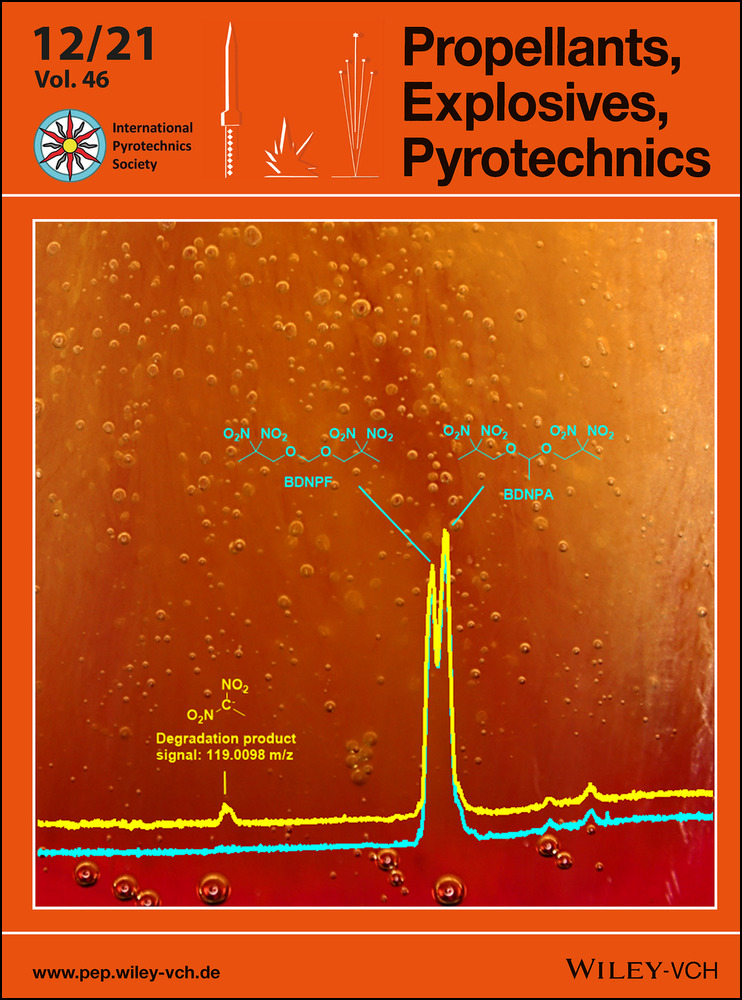Numerical Simulation of Detonation and Brisance Performance of Aluminized HMX Using Density-Adaptive SPH
Abstract
The prediction of the brisance performance of the aluminized explosive detonation, which involves complicated multiphase and multiphysics flow, is a difficult problem to tackle. In this paper, the detonation and brisance performance of aluminized HMX explosives is investigated using the density-adaptive smoothed particle hydrodynamics methodology. The ignition and growth model was incorporated in smoothed particle hydrodynamics to calculate the pressure generated by the detonation of aluminized explosive, and the after-burning combustion model was used to obtain the released energy caused by the combustion of aluminium particles. The elastic-perfectly plastic model and Tillotson equation of state were employed to predict the dynamic behavior of metal material. In addition, the density-adaptive method is employed to deal with the multiphase interface with a large density ratio. Firstly, the equations of state and constitutive models are verified by two benchmark cases, namely three-dimensional detonation of PBX 9501 explosive and three-dimensional aluminium-aluminium high-velocity impact. Subsequently, the detonation velocity and peak pressure of aluminized HMX with different mass fractions of aluminium powder are investigated. In the end, the interaction between the steel confiner and the detonation of aluminized explosive is conducted in order to study the brisance performance of aluminized explosive. The numerical results obtained from smoothed particle hydrodynamics are in good agreement with the experimental data, which shows that the detonation and the ballistic performance of the condensed explosive can be captured by density-adaptive smoothed particle hydrodynamics very well.
Open Research
Data Availability Statement
The data that support the findings of this study are available from the corresponding author, Guangyu Wang, upon reasonable request.




